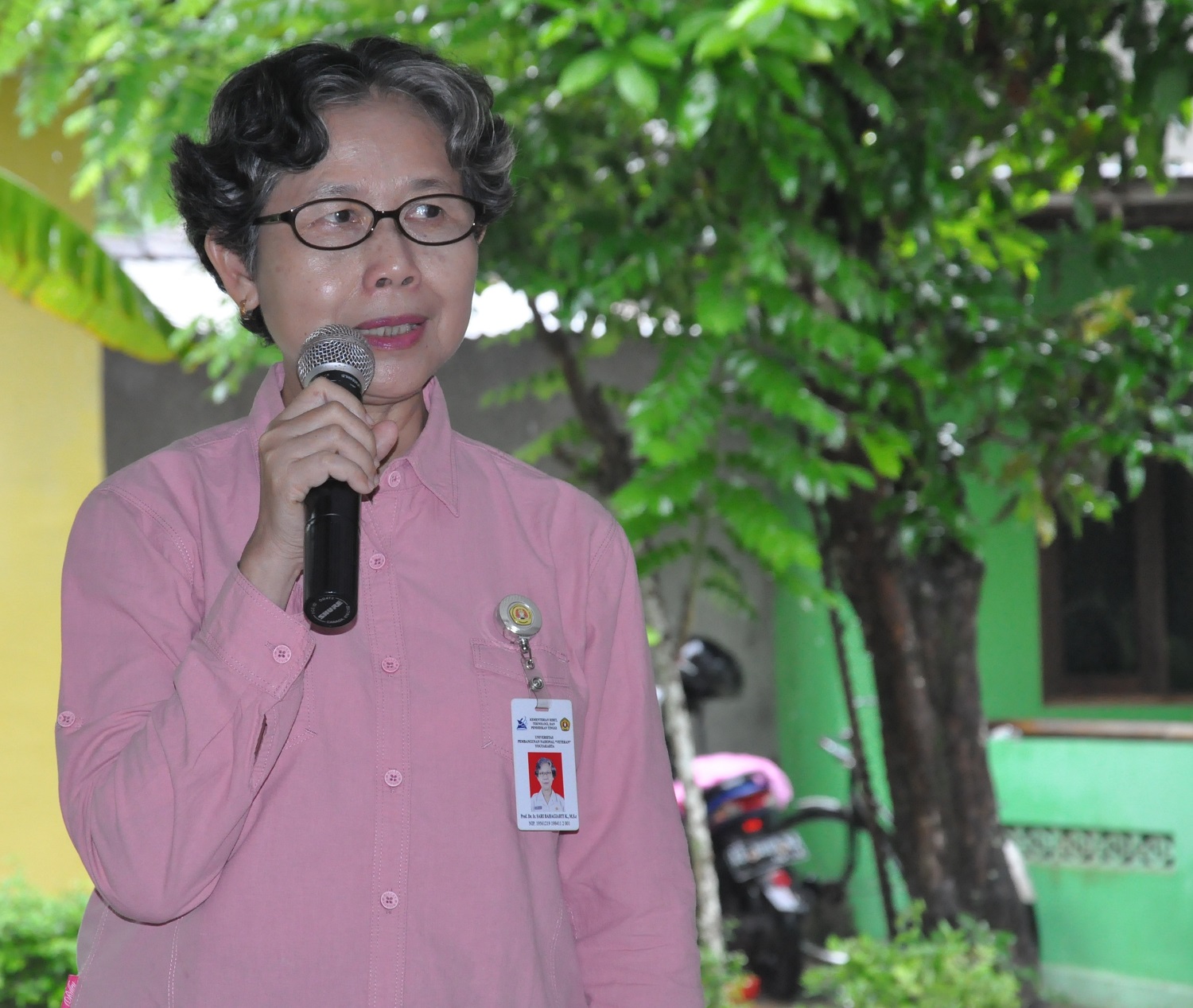SLEMAN - Last week, the residents of Gunung Kidul had a fuss with the emergence of an impromptu lake in the hamlet Wediwutah, Ngeposari Village, Semanu District, Gunungkidul. The springs of about three hectares are now beginning to recede. This phenomenon made people to wonder how it can happen.
Professor of the Faculty of Mineral Technology, Prof. Dr. Sari Bahagiarti K, M.Sc, Hydrologist UPN "Veteran" Yogyakarta (UPNVY) explained that the phenomenon that happened actually was not strange especially in karst area.
"Topography of Gunung Kidul is a karst area, so there are underground rivers, underground cavities, and caves. According to the current data, there are about 250 caves in Gunung Kidul, "said Sari who also served as Rector UPNVY, Wednesday (6/12/2017).
Sari said when there was high rainfall cavities, the basement was filled with water. When the water on the surface receded, the water beneath the surface or cavity was still present.
If the nature of the subterranean stream is artesian or semi-artesis, it may be that the water inside the cavity exits or depresses itself due to hydrostatic pressure. If the surface water recedes, the water is vomited again due to pressure.
"Although in the past year in Gunung Kidul flooding has also occurred, but now due to the extreme rainfall factor so that the surface water supply goes in and fills the cavities causing the water to be depressed or semi-suppressed," said Sari.
Flooding factors, extreme weather, water supply on the surface that is too much causes an over water capacity of the surface. It became a phenomenon as if a new spring or lake was formed. Confirmed by Sari, it can be ascertained there is a cavity of the underground.
If these factors occur again, it is possible that the phenomenon will reappear. However Sari appealed the public not too worried, this phenomenon actually became a lesson for the community about karst area.
In Gunung Kidul, there are Karst Landscape Area (KBAK) of Sewu Mountains which extends from Wonogiri Central Java to Pacitan East Java. In the year of 2015, UNESCO established KBAK Sewu Mountain as part of Global Geopark Network because of the diversity of its ecosystems.
"People need to understand more about karst phenomenon, care and maintain the environment," she concluded. (wwj / humas)
Jl. SWK 104 (Lingkar Utara), Condongcatur, Yogyakarta 55283 (Kampus Pusat)
Jl. Babarsari 2 Yogyakarta 55281(Kampus Unit II) | Telp. +62 274 486733



